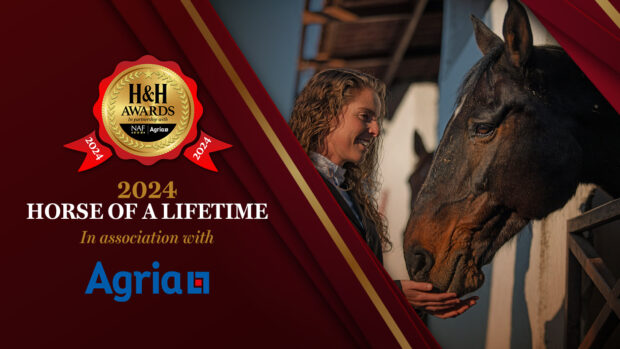Expert advice from Baileys’ canine nutritionist on feeding working dogs
Q: We own three working retrievers who accompany my husband shooting most weekends. They live out in their own well-insulated kennels and I take them out with me whenever I am around the stables and farm so that they get plenty of exercise.
I am a bit concerned as the youngest dog, who is two years old, has dropped some weight over the winter, although he still seems full of life.What diet do you recommend for working dogs?
Liz Bulbrook answers: Dogs that are living outside and working will expend two to three times more energy than a dog at maintenance. They will need increased levels of a diet that contains premium quality fats and protein in order to satisfy their requirements.
Dogs that are working for long periods such as a full day’s shooting or a day’s activity around the yard will need diets with sufficient fat levels, as the dog will utilise the fat as a main energy source. They will also have increased protein requirements to cope with muscle development, function and tissue repair.
As your younger dog has lost weight it is likely that he is expending more energy on a daily basis than he is taking in.
Larger breeds, such as retrievers, mature later than smaller breeds. At two years of age, your retriever will only just be reaching maturity, so unlike your older dogs, he will have needed nutrients for continued growth and development during the winter, as well as for work and maintenance requirements.
I would suggest you look for a diet that contains readily digestible fat and protein sources. Meat, meat by-products and poultry fat are more readily digested then cereals, although cereals can add bulk and fibre to the diet.
Maintenance dog rations are around 18-20% protein, 5-8% oil, but I would suggest moving up to something like Baileys Working Dog Mix which is 22% protein and 9% fat. If your dogs are working extremely hard then increase the feed to a diet of 26% protein and 15% fat.
Increasing the nutrient density of the diet allows you to feed similar meal sizes per day while supplying more energy. Typical feeding rates for dogs of your breeding and size would be around 450-600grams per day.
Assess your dogs regularly and adjust the amounts fed with changes in body weight and activity level.
Read more about canine nutrition:




